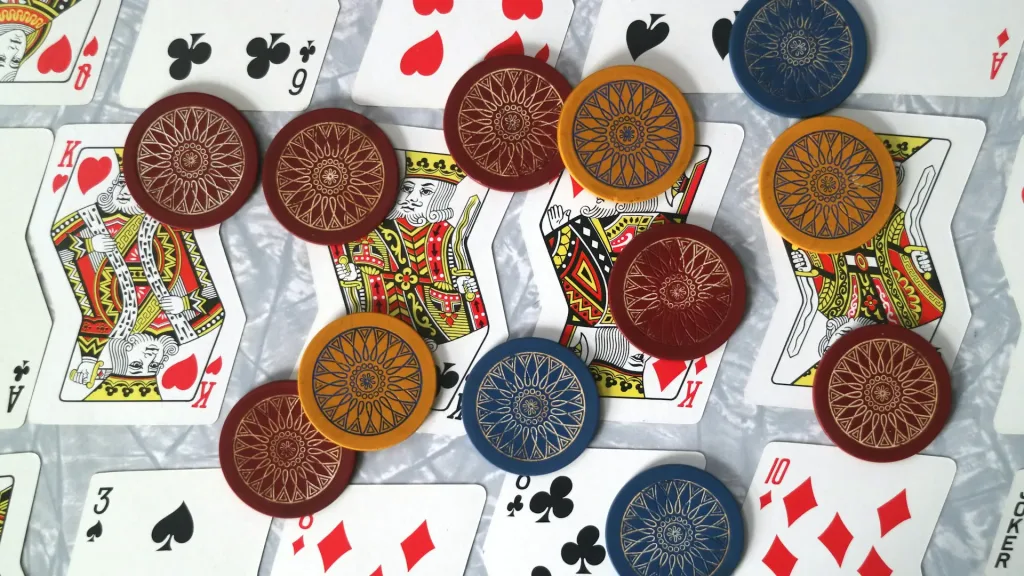Poker Playing Styles: Aggressive, Passive, Tight, and Loose Approaches

Poker is not merely a game of chance; it is a strategic battlefield where players test their skills, patience, and psychological resilience. At its core, poker revolves around decision-making, where each choice can bring you closer to victory or push you toward a significant loss. Among the many elements that influence success in poker, playing style stands out as a defining factor. Understanding the nuances of aggressive, passive, tight, and loose approaches allows players to adapt and thrive in diverse situations. This article explores these four fundamental styles, providing insights to help you refine your strategy.
Aggressive Style in Poker
Adopting an aggressive style in poker means taking control of the game by exerting constant pressure on your opponents. Aggressive players use frequent betting and raising to dictate the pace and force their rivals into making mistakes. This style demands confidence, a strong understanding of poker odds, and the ability to read your opponents effectively.
The aggressive style is most effective when you want to unsettle more passive players or capitalize on situations where your hand strength is superior. By raising the stakes, you can isolate opponents and narrow the field, increasing your chances of winning the pot. However, aggression must be balanced with caution. Over-aggression can lead to significant losses if opponents adapt or call your bluffs with stronger hands.
One of the key advantages of aggressive play is its ability to create an image at the table. Opponents may perceive you as fearless and unpredictable, which can be leveraged to your benefit in later hands. However, mastering this style requires emotional discipline and the capacity to fold when the odds are against you, even after significant investment in a hand. Aggressive play is not just about betting big; it’s about making calculated moves that maximise returns.
Key Features of Aggressive Play
An aggressive player often takes the initiative in most hands, putting opponents on the defensive. They strategically use continuation bets (c-bets) after raising pre-flop to maintain pressure. This style requires a good understanding of hand ranges and the ability to assess board textures. For instance, if the flop heavily favours your perceived range, a strong c-bet can force folds, even if your actual hand is weak.
Another feature of aggressive play is the use of semi-bluffs. By betting with drawing hands, you create two ways to win: either your opponent folds, or you complete your draw on later streets. This dual advantage highlights the importance of selective aggression, ensuring that your moves are well-timed and backed by a strategic plan.
Passive Style in Poker
In stark contrast to the aggressive style, passive play revolves around caution and restraint. Passive players often prefer to check or call rather than bet or raise. This approach is characterised by a reluctance to take risks, making it ideal for those who want to minimise losses or observe their opponents’ tendencies before committing.
The passive style is particularly useful in multi-way pots, where the risk of encountering stronger hands is higher. By keeping the pot small, passive players can wait for premium hands before making significant moves. However, this style also has its drawbacks, as it often surrenders control of the game to more aggressive opponents.
While passive play might seem overly conservative, it has its strategic advantages. For instance, it can be used as a trap to lure opponents into a false sense of security. When a passive player suddenly shifts gears and bets big, it can catch others off guard, resulting in substantial gains. This ability to mix up styles is crucial for long-term success in poker.
When to Choose a Passive Style
A passive style is best suited for situations where the stakes are high, and you want to preserve your stack. For instance, in tournament play, adopting a passive approach during the early stages can help you survive longer while gaining insights into your opponents’ strategies. Additionally, passive play is effective against hyper-aggressive players, as it allows you to exploit their overconfidence by trapping them when you have a strong hand.
However, passivity should not become a default mode of play. Over-reliance on this style can make you predictable and easy to exploit. To maximise its benefits, combine passive play with occasional aggressive moves to keep your opponents guessing. The key is to remain adaptable and responsive to the dynamics of the table.

Tight and Loose Styles in Poker
The tight and loose styles represent two opposing approaches to hand selection and participation. Tight players are highly selective, entering pots only with strong hands, while loose players are more adventurous, playing a broader range of hands. Each style has its own advantages and disadvantages, and the choice between them often depends on the table dynamics and individual preferences.
Tight play is characterised by discipline and patience. Tight players focus on quality over quantity, ensuring that they have a strong hand before committing chips to the pot. This approach is particularly effective in cash games, where preserving your bankroll is crucial. By playing fewer hands, tight players reduce their exposure to risk and avoid marginal situations that could lead to losses.
Loose play, on the other hand, thrives on unpredictability. Loose players enter pots with a wide variety of hands, creating an image of unpredictability that can confuse opponents. This style is best suited for experienced players who can navigate post-flop play effectively. Loose play allows for greater creativity and can yield substantial rewards if executed correctly.
Comparing Tight and Loose Strategies
The main difference between tight and loose styles lies in their risk-reward balance. Tight play is low-risk and steady, making it ideal for beginners or cautious players. Loose play, while riskier, offers higher rewards for those willing to take calculated chances. Both styles have their place in poker, and successful players often switch between them depending on the situation.
For instance, a tight strategy may be advantageous in the early stages of a tournament when blinds are low, and survival is key. As the tournament progresses and blinds increase, transitioning to a looser style can help you accumulate chips and pressure shorter stacks. This ability to adapt is what separates good players from great ones.
Ultimately, poker is a game of adaptation. By understanding and mastering these styles, you can develop a versatile strategy that keeps your opponents guessing and maximises your chances of success. Whether you prefer aggression, passivity, tightness, or looseness, the key is to remain unpredictable and always stay one step ahead of your competition.
